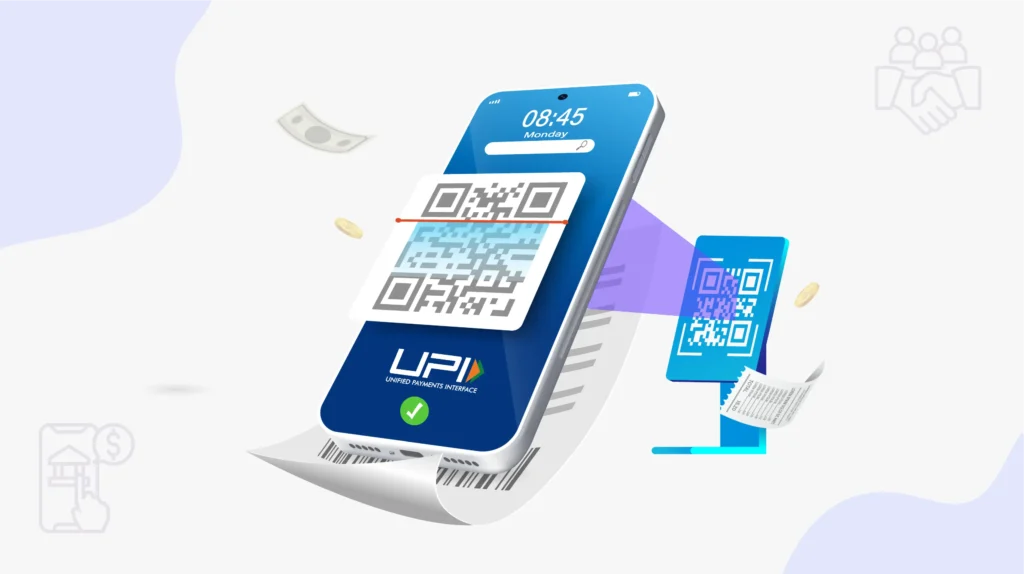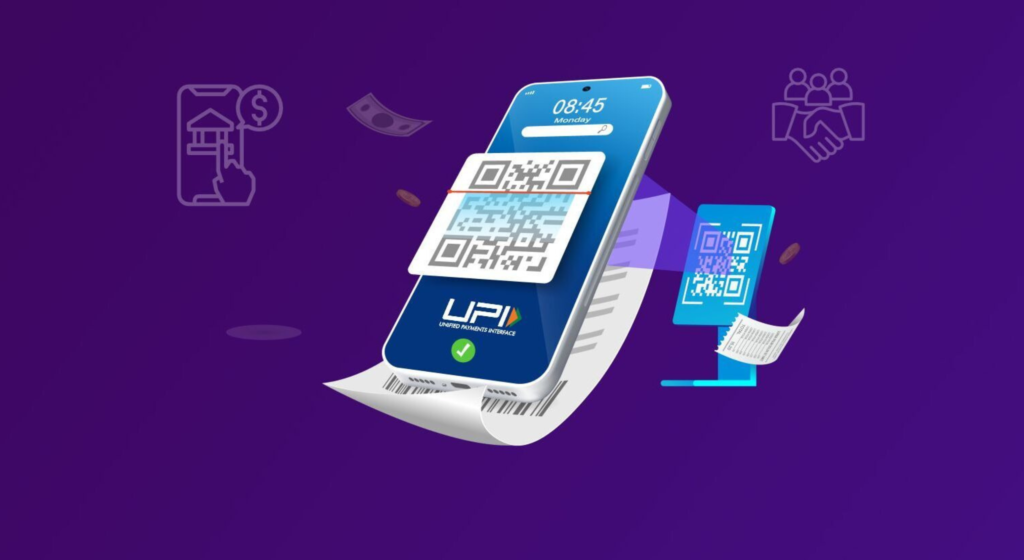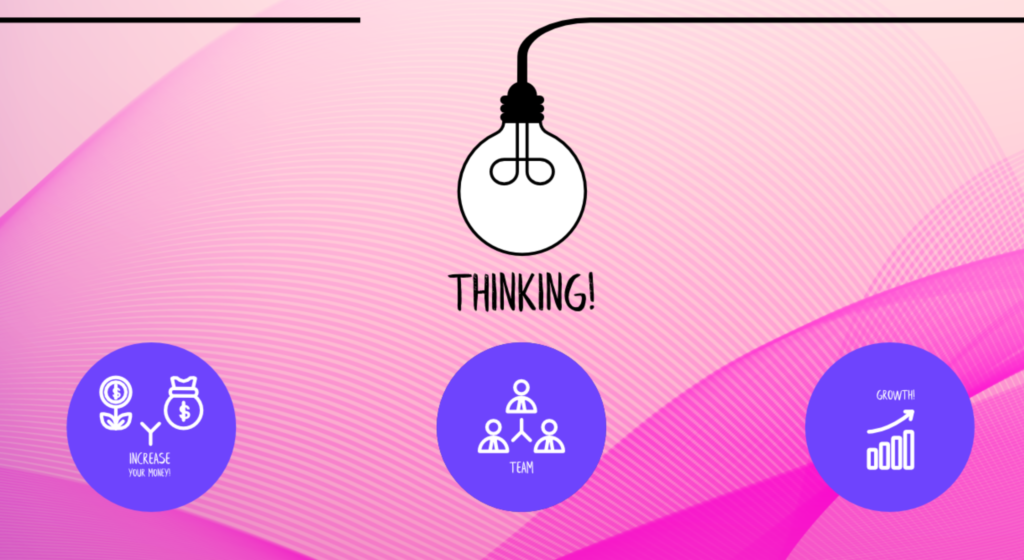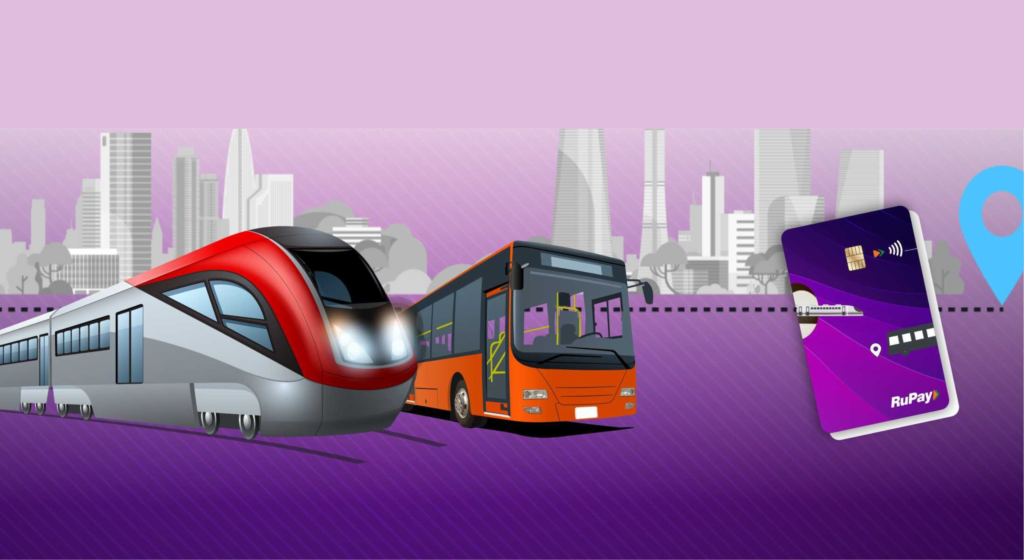Credit Line on UPI: A New Opportunity for Issuer Banks

Home / Blogs Table of contents What is Credit Line on UPI? Key Features Benefits for Banks Challenges for Banks Strategic Importance for Issuer Banks Conclusion The Unified Payments Interface (UPI) has transformed India’s digital payments landscape, and the introduction of Credit Line on UPI brings an exciting opportunity for banks to offer credit directly […]
The Future of Credit Card Transactions in India: Embracing the Contactless Revolution

Home / Blogs Table of contents The Benefits of Contactless Payments The Future Outlook Conclusion As India advances in its digital transformation journey, the payments landscape is rapidly evolving. Over the past decade, driven by smartphones and government initiatives like Digital India, the financial ecosystem has seen significant shifts. One of the most notable changes […]
Revolutionising Credit Offerings Through Credit Line on UPI

Home / Blogs Table of contents Introduction For the banks.. Our Credit Line Management System What’s more Going live in 3 simple steps! Conclusion UPI has emerged as India’s preferred payment method, constituting >75%* of the nation’s digital payment by volume. So far, UPI transactions were supported by various funding accounts like savings accounts, overdraft […]
Design Thinking in Credit Card Stack Development: Creating User-Centric Experiences

Home / Blogs Table of contents Introduction 1. Empowering Credit Card Issuance 2. Modular Flexibility 3. Highly Configurable 4. Delivering a Fintech-Like User Experience 5. Rapid Implementation and Seamless Integration 6. Rule-Based Operations: Ensuring Compliance and Personalisation 7. Leveraging ML/AI for Real-Time Actions 8. Future Compatibility and Innovation Conclusion In today’s rapidly […]
Revolutionising Transit within India: Pure NCMC Cards for Effortless Mobility

Home / Blogs Table of contents Introduction Streamlining Travel Payments with Stand-alone NCMC Cards Effortless Payment Process with Pure NCMC Cards Transforming Travel with Pure NCMC Cards In India, where millions rely on public transportation for their daily commute, the introduction of the Pure National Common Mobility Card (NCMC) is a game-changer. The Pure NCMC […]
Unveiling the Potential of Credit Cards on UPI: Redefining Convenience and Reach

Home / Blogs Table of contents Introduction How Credit Cards and UPI Work Together The Impact: Making Payments Accessible to All How Credit Cards on UPI are Changing the Game Focus on User Experience Conclusion In the fast-changing world of digital payments, a novel payment method – Credit Card on UPI (Unified Payments […]
Secured Credit Cards – A Credit Score Builder Product

Home / Blogs Table of contents Introduction Growth of Credit Cards Strategies issuers use Conclusion Over the past few years, India’s credit card sector has experienced remarkable growth, boasting nearly 98 million active cards and transaction volume reaching 323 Million in December 2023. Projections suggest that this figure could grow to 190 million cards by […]
Assisted Commerce – Accelerating the growth of Digital Payments in India

India’s e-commerce sector has grown significantly over the past few years and is expected to grow multifold in the coming years. The growth has been driven by increasing internet penetration, rising smartphone adoption, and the growing popularity of online shopping among consumers. The D2C and B2B segments have seen significant growth due to the increasing […]
Will the internet-free digital payments UPI Lite take off in India?

What is UPI Lite? The National Payments Corporation of India (NPCI) is working on a new solution called UPI Lite that will allow small digital payments to be made without the need for an active internet connection. The RBI announced on January 5 that digital payments of up to ₹200 could be made without […]
3-D Secure 2.0 – Making transactions Simpler and Safer

Preventing fraud plays a significant role in the digital payments space. We must have encountered many frauds, both online and offline, during our lifetime. Unfortunately, the search for effective methods to eradicate fraud never ends. Fraudsters will always find new methods to commit crimes. There are many tools available to end the same, the […]



